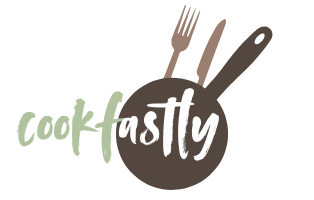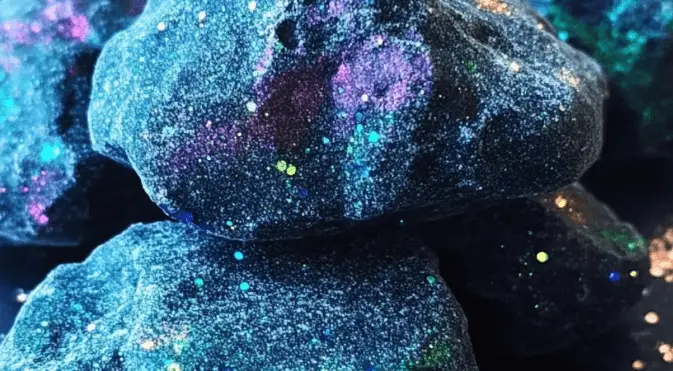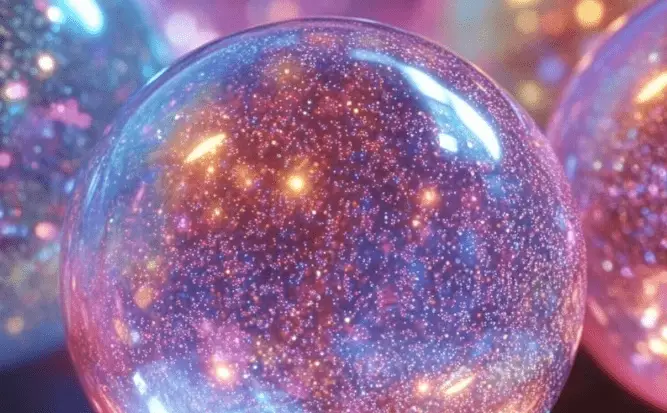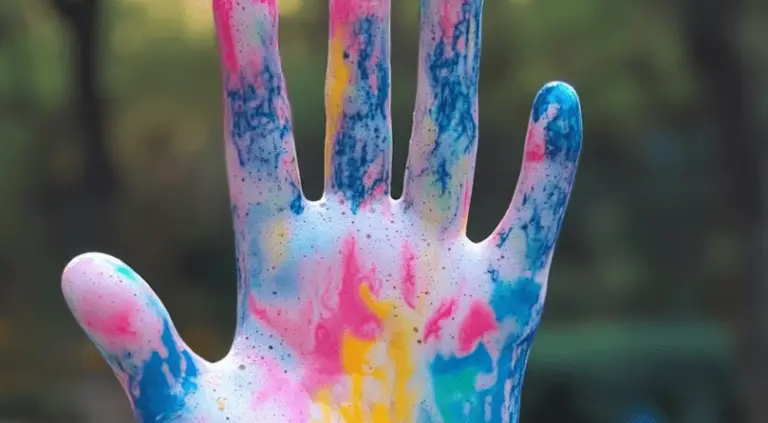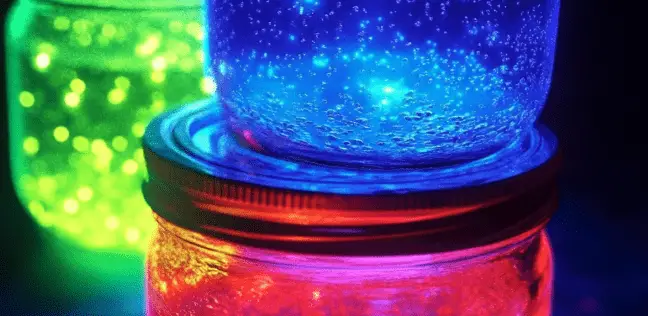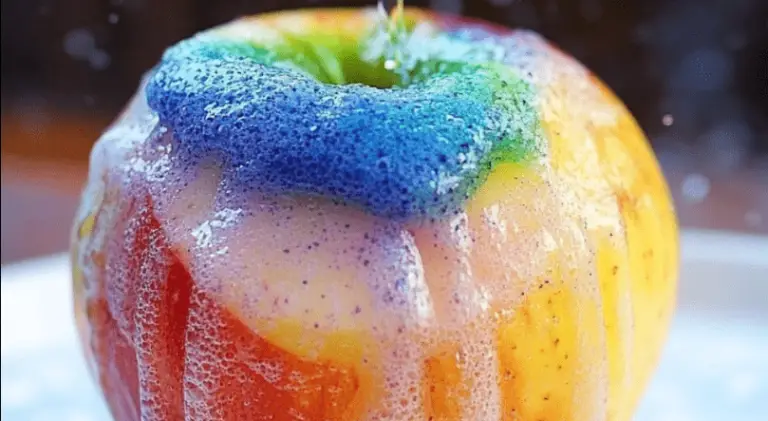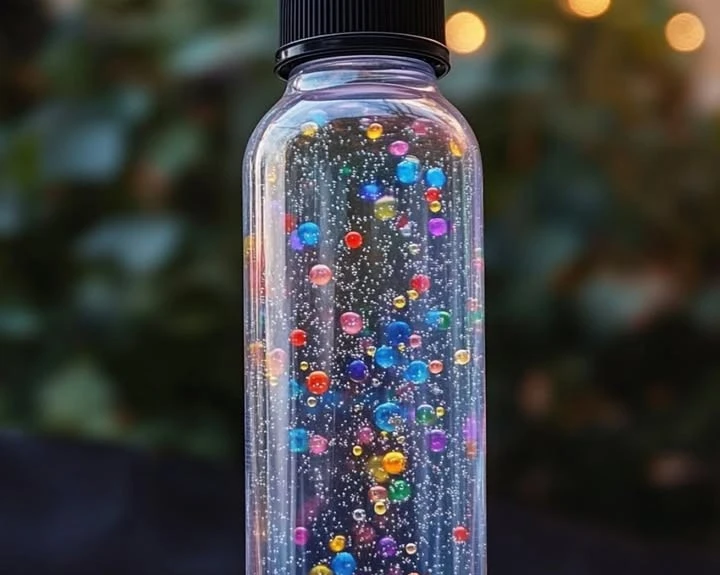Melting Rainbow Science Experiment: A Fun and Educational DIY Craft for Kids
There is something truly magical about combining vibrant colors, simple materials, and a bit of science to spark the imagination of children. The Melting Rainbow Science Experiment is a perfect example of a fun, colorful activity that combines creativity and learning. Easy to set up and full of excitement, this experiment captivates children as they witness a bubbling, foaming rainbow melt before their eyes. It is ideal for hands-on learning, playdates, parties, or a rainy-day science project at home.
Table of Contents
Ingredients
To create your Melting Rainbow Science Experiment, you will need:
- Baking soda
- Dish soap
- Food coloring in rainbow colors
- Vinegar
- Pipette
Instructions
- Start by pouring a tablespoon of baking soda into six small containers.
- Add a few drops of food coloring to each container to create a vibrant rainbow. Use red, orange, yellow, green, blue, and purple.
- Add a squirt of dish soap to each one to enhance the fun.
- Using a fork, mix everything together until the dish soap coats the baking soda well enough to mold it into a ball. If the mixture seems too dry, add a little water until the texture is perfect.
- Roll each colored baking soda mixture into a ball and arrange them charmingly on a plate.
- Present the plate to your little one and ask them what they think will happen when vinegar is squirted onto the colorful balls.
- Teach them how to use the pipette to pick up some vinegar, then let them squeeze it onto the baking soda balls. Watch as they melt and create an exciting chemical reaction with bubbling and foaming.
- Allow time for the balls to fully melt, and encourage your child to repeat the experiment for even more discoveries and fun.
Benefits of This Craft
The Melting Rainbow Science Experiment offers numerous benefits beyond simple entertainment. First and foremost, it provides an engaging introduction to basic chemical reactions, allowing children to see firsthand how baking soda and vinegar interact to create carbon dioxide bubbles. This promotes scientific thinking and curiosity. It also strengthens fine motor skills through activities such as using a pipette and molding the balls. Children develop problem-solving skills as they adjust the mixture’s texture and predict the outcomes of their actions. Moreover, the vibrant colors stimulate visual learning and creative exploration, making this craft both educational and highly enjoyable.
Tips
When preparing the colored balls, ensure the baking soda is well-coated with dish soap to make molding easier. If you find the mixture is too crumbly, adding a few drops of water will help achieve the right consistency. Using gel food coloring can produce more vivid colors compared to liquid food coloring. Encourage children to guess which colors will mix together as the balls melt, promoting even more critical thinking. For a bigger bubbling effect, pour vinegar directly onto several balls at once. Always supervise younger children closely, especially when handling vinegar and small items like pipettes.
What Taste Look Like?
Although the Melting Rainbow Science Experiment is for play and learning rather than eating, the colorful balls resemble bright, glossy candies or sweets. With their round shape and vibrant hues, they are visually similar to gumballs or rainbow jawbreakers. The melting and foaming reactions add to their magical, almost candy-like appearance, making them especially enticing and delightful to young children.
How to Store
Because the baking soda balls are made with food-based materials and are designed to react with vinegar, they are best used immediately after preparation. However, if you need to store them for a short time before conducting the experiment, place the balls in an airtight container at room temperature. Keep them dry and out of direct sunlight to prevent premature drying or crumbling. It is recommended to use them within a day or two for best results. Once the balls have been used and have reacted with vinegar, they cannot be reused and should be discarded.
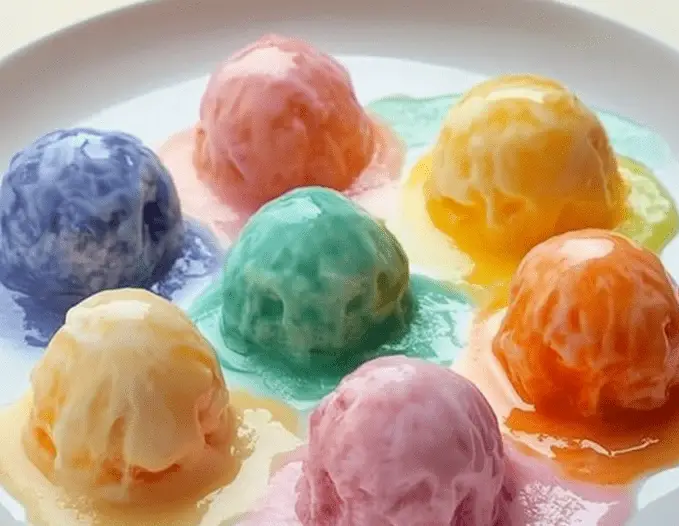
The Melting Rainbow Science Experiment is an outstanding craft that brings joy, learning, and vibrant fun into any setting. Simple to set up and endlessly fascinating for children, this project nurtures curiosity, creativity, and scientific exploration in a memorable way. Whether you are a parent, teacher, or caregiver looking for an enriching activity, this colorful experiment is sure to delight and inspire. Watching the rainbow melt and foam under the touch of vinegar is a magical experience that kids will want to repeat again and again.
For More DIY craft ideas, visit More DIY craft ideas.
Explore even more colorful and creative projects by checking Pinterest where you can find a wide range of similar experiments that will keep young minds engaged and excited.
FAQ
Can I use any kind of dish soap for this experiment?
Yes, any brand of dish soap will work, but colorful or clear varieties may enhance the visual effect of the rainbow balls.
What happens if the baking soda mixture is too dry?
If the mixture is too dry and crumbly, add a few drops of water until it becomes easier to mold into balls.
Can I use powdered food coloring instead of liquid or gel?
Liquid or gel food coloring is recommended because it mixes more easily and produces brighter, more consistent colors.
Is the vinegar safe for kids to handle?
Vinegar is generally safe for children to handle under adult supervision. Make sure children avoid getting vinegar in their eyes or mouth.
Can I make the balls in advance for a party?
You can prepare the balls a few hours ahead of time and store them in an airtight container. However, they perform best when fresh.
